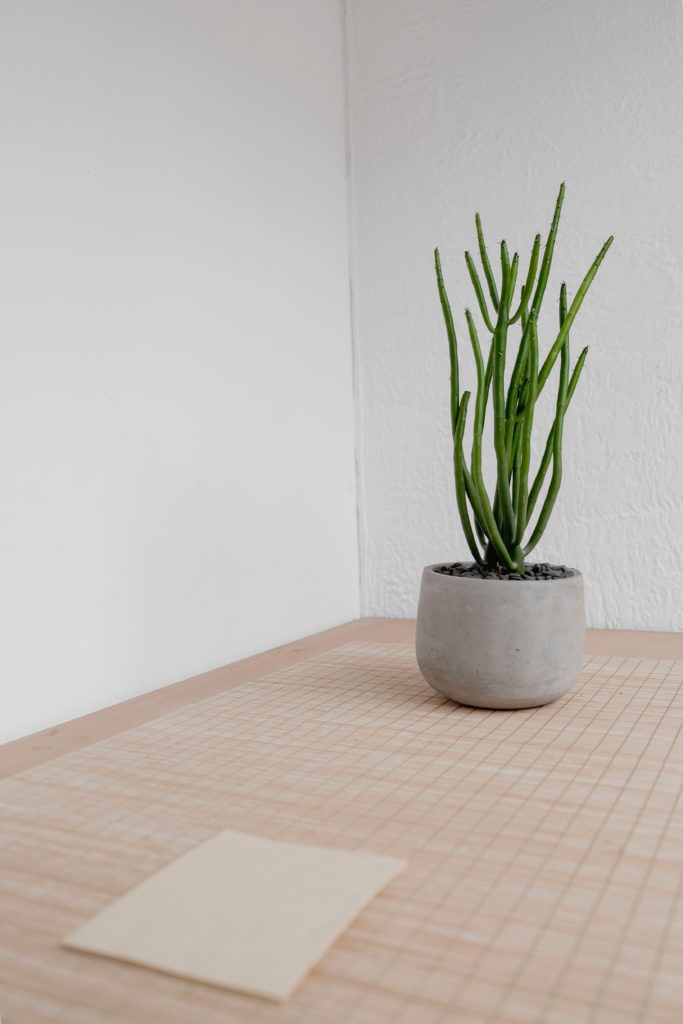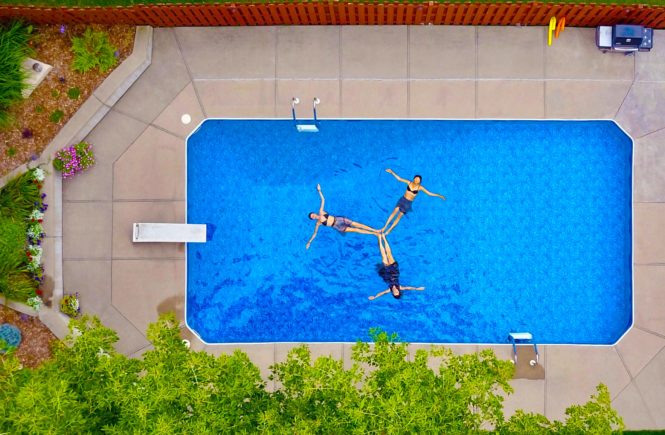Ready-mixed concrete producers collected about 71 percent of cement sales in 2017. Surveys also added that the global market of concrete cement reached $395 billion that same year. Besides its aesthetic capabilities, using a concrete color on cement also ensures that the structure of your design won’t fade over time.
Keep in mind that all variations of colored cement usually use a combination of natural iron-oxide or synthetic pigments that are formulated to spread when applied to fresh concrete. Likewise, colored cement is also inexpensive and readily available, which makes it easier to add in your office for added visual interest and curb appeal.
However, factors like costs, compatibility, and application should all be considered before choosing colored cement to avoid unnecessary surprises. Take note that colored concrete can often turn white, mainly when a chalky white salt residue such as efflorescence drifts up to the surface.
What Is Used To Color Concrete?
Some liquid or powdered pigments are added into the actual concrete mixture to come up with a solid concrete dye. Usually, mixologists avoid using oil-based colors on dye concretes since they don’t go well with water-soluble paints.
Bear in mind that maintaining the appropriate proportion of dyed water to the recommended mixing directions will achieve a concrete color that you desire.

How Much Does It Cost To Add Color To Concrete?
In most cases, adding color to the concrete mix will cost around $35 to $40 per bag depending on the quality of the blend, material costs, and manufacturer. In most cases, a bag of integral concrete mix covers about 100 square feet of the concrete surface. Moreover, stains can also be applied to integrally colored concretes, but the results may vary depending on the surface.
Will Colored Concrete Fade?
The color will not fade, but the same cannot be said for the concrete itself. The active ingredient in colored concretes are purely inorganic pigments, which are processed by oxidizing metal and turning metal to powder. On the other hand, concrete generally changes with time and exposure to weather. Uncolored concretes which can turn yellow darken and erode as it gathers dust, grime, and dirt from the environment.
Likewise, colored concretes can also turn to different colors with insufficient mixing time, improper finishing time, and inconsistent admixtures use. In several cases, a greenish to yellowish hue may appear on concretes with ground slag.
For best results, always opt for a well-mixed design and finishing jobs to ensure that they can withstand the test of time and environment. Periodic applications of high-quality sealers are also a great way to maintain the freshness of your colored concretes
Should I Use A Color Hardener Instead of Integral Colors?
Both color hardeners and integral colors provide a decorative feeling to the concrete. While color hardener brings high density and ease of cleaning, installing hardeners on concrete takes more time and labor.
Usually, homeowners have to ensure that concrete pouring is not only consistent in all surfaces but also adhere to their local laws. Plus, color hardeners may not work well with heavy-duty use and on areas exposed to salts and acids.




